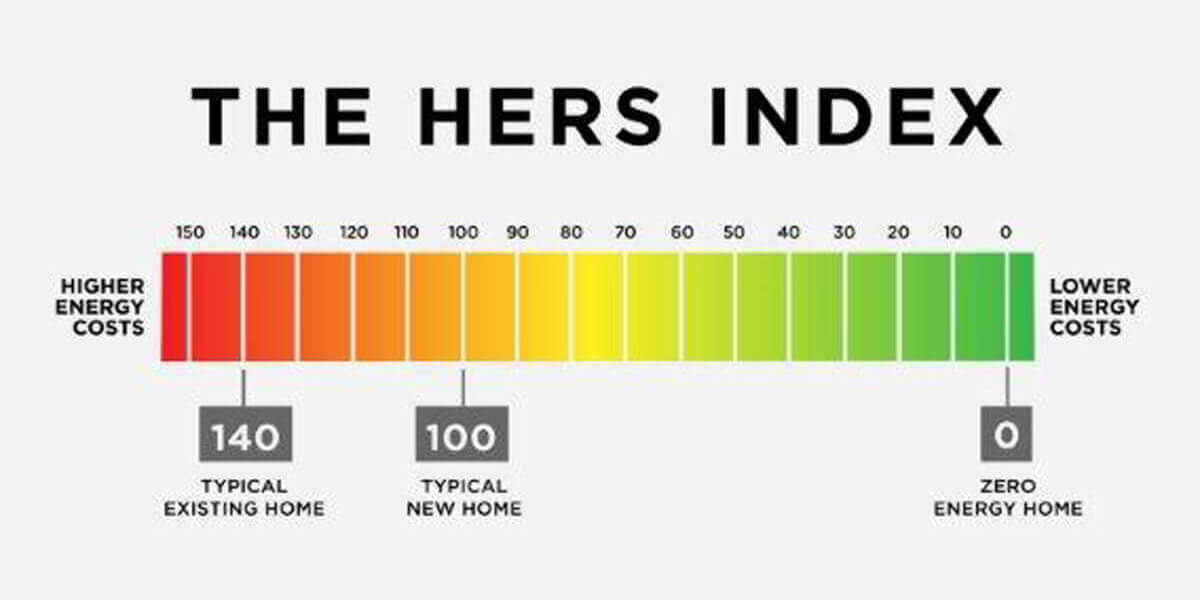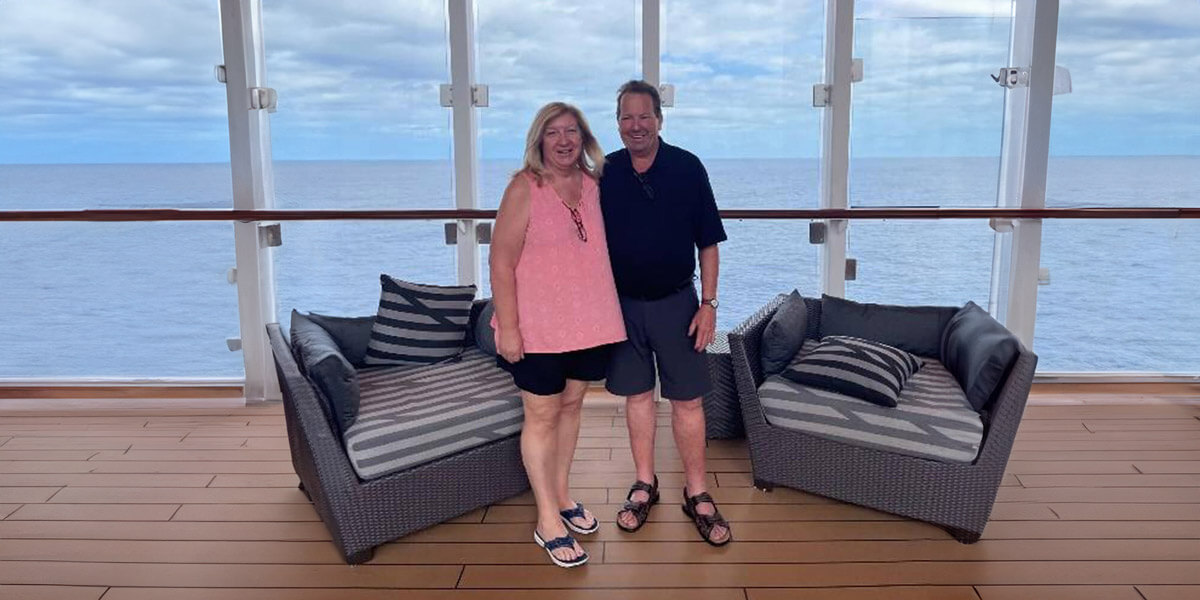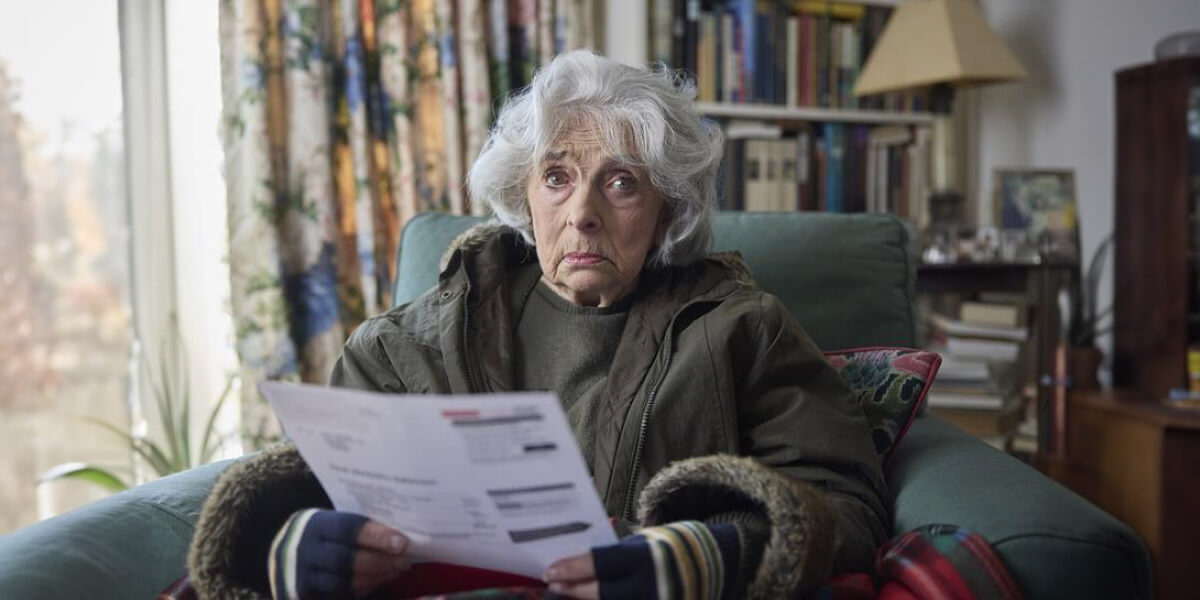Though this year New England experienced the Polar Vortex, I think that we can agree that winters here are cold regardless of a vortex. This winter, homeowners struggle to keep their homes comfortable enough to avoid a constant runny nose. Homeowners all over the region are fighting to keep their comfort, and at a reasonable price. Even high-performance homes strive to find a balance in the freezing temperatures.
In Portland, Maine, the city’s “Time and Temperature Building” rings out a constant 0°F to the morning’s fishermen. This winter’s recent cold spell has snowed down discomfort along with concerns about the supply and price of fuel to heat homes. Taking a closer look at the more energy efficient homes, we see the difference that insulation can make.
Chris, a homeowner from Ripton, Vermont, resides in a high-performing home when it comes to energy conservation. His home is among the more advanced in energy efficiency—he has a breathable exterior membrane instead of fiberboard sheathing that is often found in homes. His home was completed in fall of 2013, so the building technology is all very recent. This winter, Chris says that his home’s energy efficient attempts at comfort have been successful. Chris stays comfortable in below-zero Vermont weather with one or two firings of his wood stove per day.
Chris’ home is designed to have a single heat pump for a heat source. This heat pump is a wall-mounted Mitsubishi Mr. Slim air-source heat pump. The pump uses 1,800 watts and can supply 12,000 Btu/hour. Although this heat pump is very energy efficient, Chris does not use it to heat his home, and claims that the pump has only been turned on once. Instead, he relies on his home’s wood stove. He lights one or two fires a day, which creates sufficient heat to keep his home comfortable. His home’s winter temperature ranges from about 62°F in the morning to 68°F at night. On sunny days, Chris uses the sunlight to help heat the home, even when the outdoor temperature sits in the single digits.
At the end of January, Chris has burned only one-third of his chord of wood for the winter and has emptied the ash can twice. His wood stove burns efficiently to effectively heat his whole home. The coldest Vermont weather surrounding Chris’ home this winter was -20°. He still did not need to keep wood burning throughout the night, and woke up to a comfortable 62°F.
Moving to another northern New England state, residents in Belfast, Maine are experiencing this same brutal cold. The Belfast Cohousing and Ecovillage offers energy efficient housing to its residents. This winter, their homes lost power for five days at the end of December after a nasty ice storm. For an all-electric home, these residents found ways to comfortably cope.
One residential family cooked their meals on a small alcohol stove, and lit the dark with a kerosene lantern. In their airtight home, the family was worried about the potential chance of carbon monoxide poisoning, so they used these backup energy sources carefully and kept a window cracked. Despite the open window, their home performed well in its lack of electricity.
When the power first shut off, the outdoor temperature was -15°. All of the homes in the complex managed to maintain a temperature in the mid-fifties for all five days, thanks to the insulation. Without insulation, the homes’ interiors would join the outside temperature in the negatives. The homes also have German-made super-windows, which prevent air leakage. The families did not feel any draft from their windows.
One family in this cohousing project is experiencing their second winter in their home. In their first year, they only spent $800 for power including heat, lights, cooking, and hot water. Making your home more energy efficient will drop your power bills, too. These homes also have two small solar panels on their roof, which dropped their bill to $350 when the produced energy factored in. The family managed to make 65% of their home’s annual electricity, using about 5,500 kilowatt hours and making somewhere in the 3,000s.
The bottom line is: if you put effort into making your home more energy efficient, you will be more comfortable and you will save money. In the event of 20-below weather or a power outage, an insulated and air sealed home will protect you and maintain your comfort. To start your journey to protect your comfort, contact Dolphin for more information.















